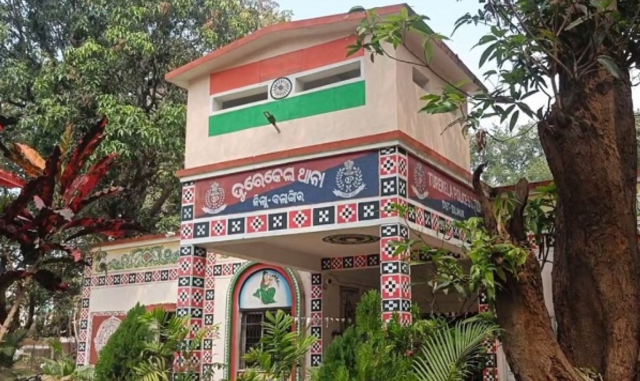In a significant step toward multilingual education, the Central Board of Secondary Education (CBSE) has urged all affiliated schools to begin mapping students’ mother tongues.
This initiative aligns with the National Education Policy (NEP) 2020 and aims to provide foundational learning in familiar languages.
CBSE’s latest directive encourages schools to integrate a student’s home language (R1) as the medium of instruction from pre-primary to Class 2. Schools will have the option to continue using R1 or introduce a second language (R2) from Classes 3 to 5. The move is based on research that indicates children learn more effectively when taught in their native tongue.
To facilitate the transition, schools have been instructed to form committees to oversee implementation, identify teaching resources, and adjust curricula accordingly. Teacher training workshops will also be conducted to support multilingual education.
While the implementation timeline is flexible, schools are expected to submit monthly progress reports starting in July. Academic observers may visit institutions to provide guidance, ensuring a smooth adoption of mother tongue-based learning strategies.
This progressive shift towards mother tongue-based education is seen as a major step in enhancing comprehension and conceptual learning for young students across India. With NEP 2020 paving the way, CBSE schools are poised to embrace linguistic diversity in the classroom.





























